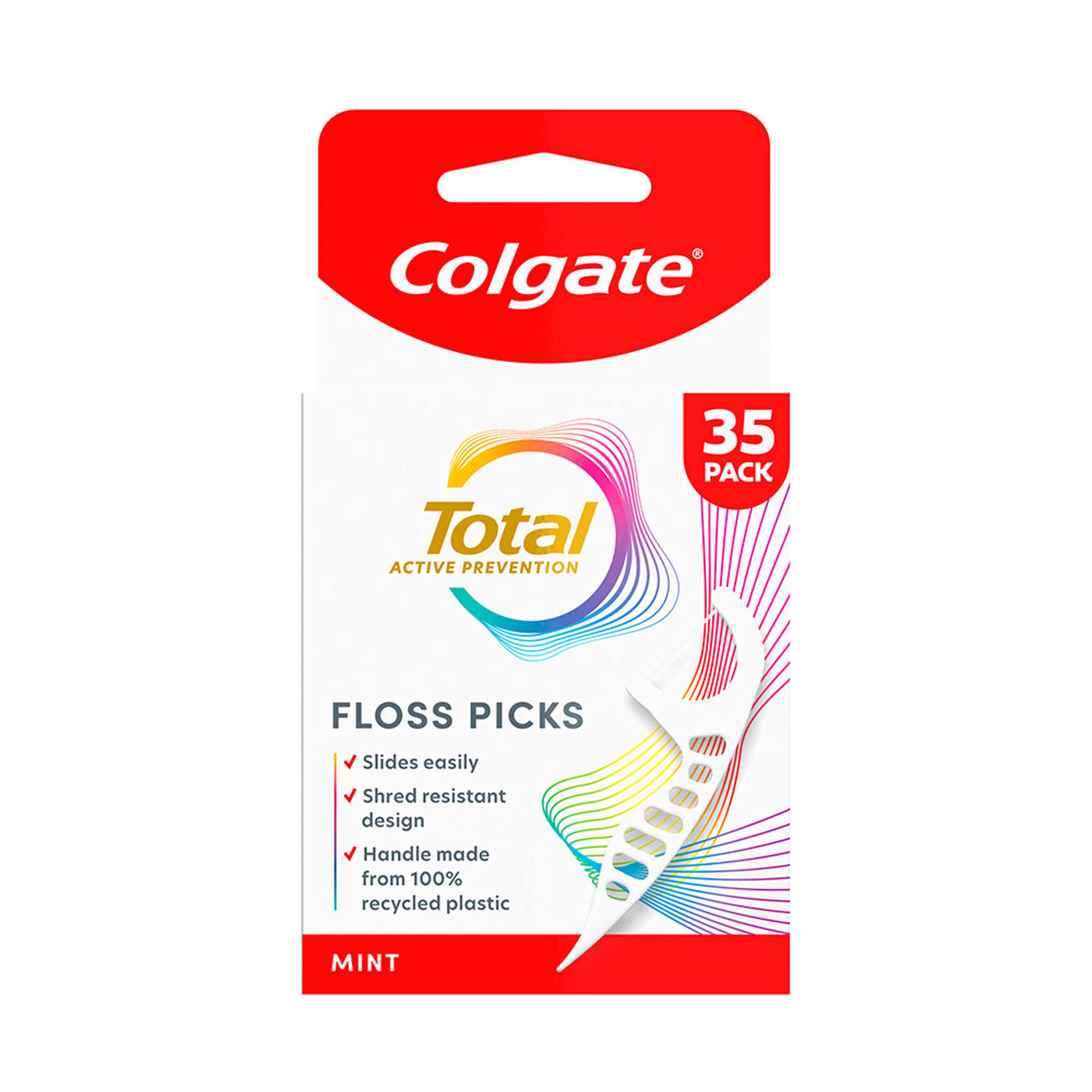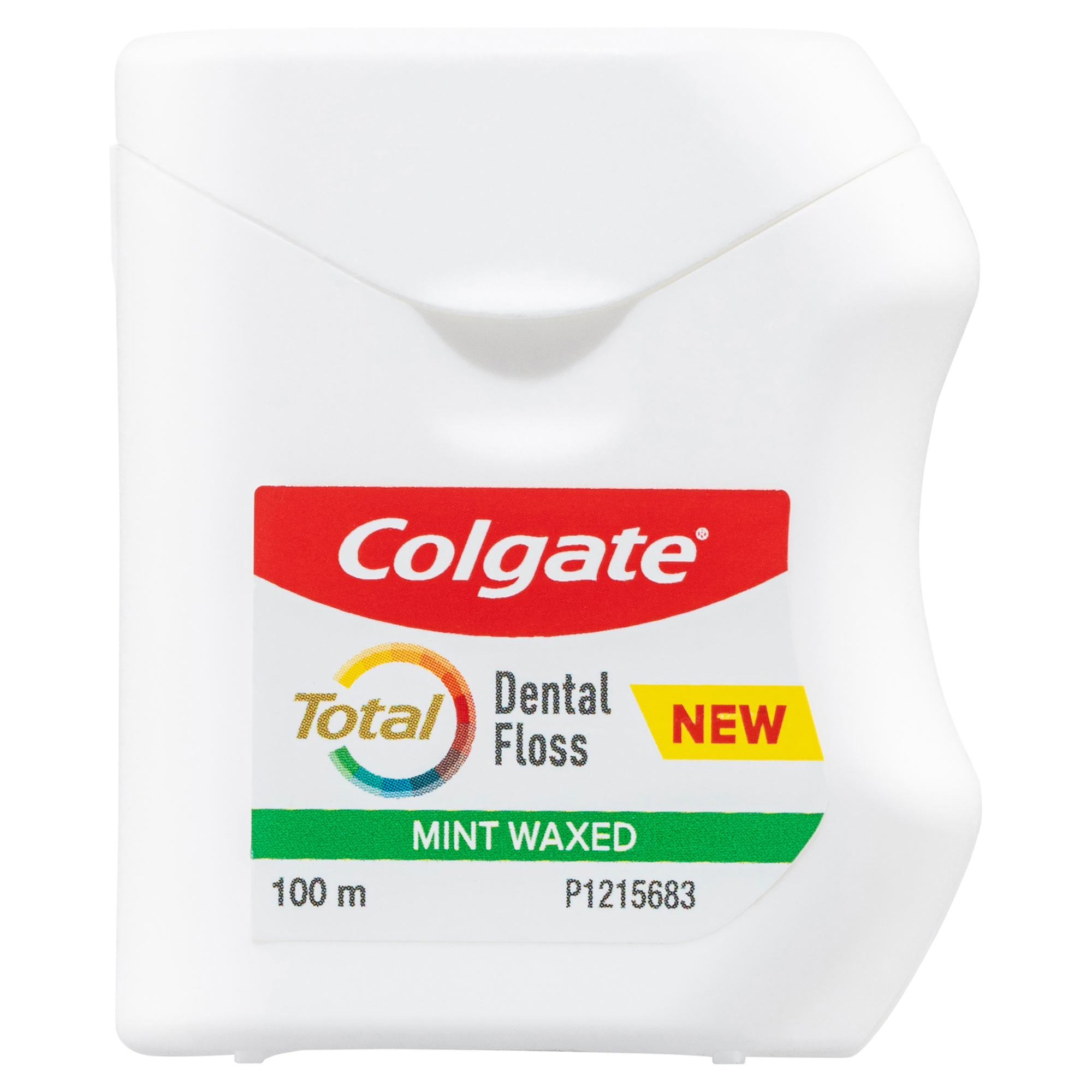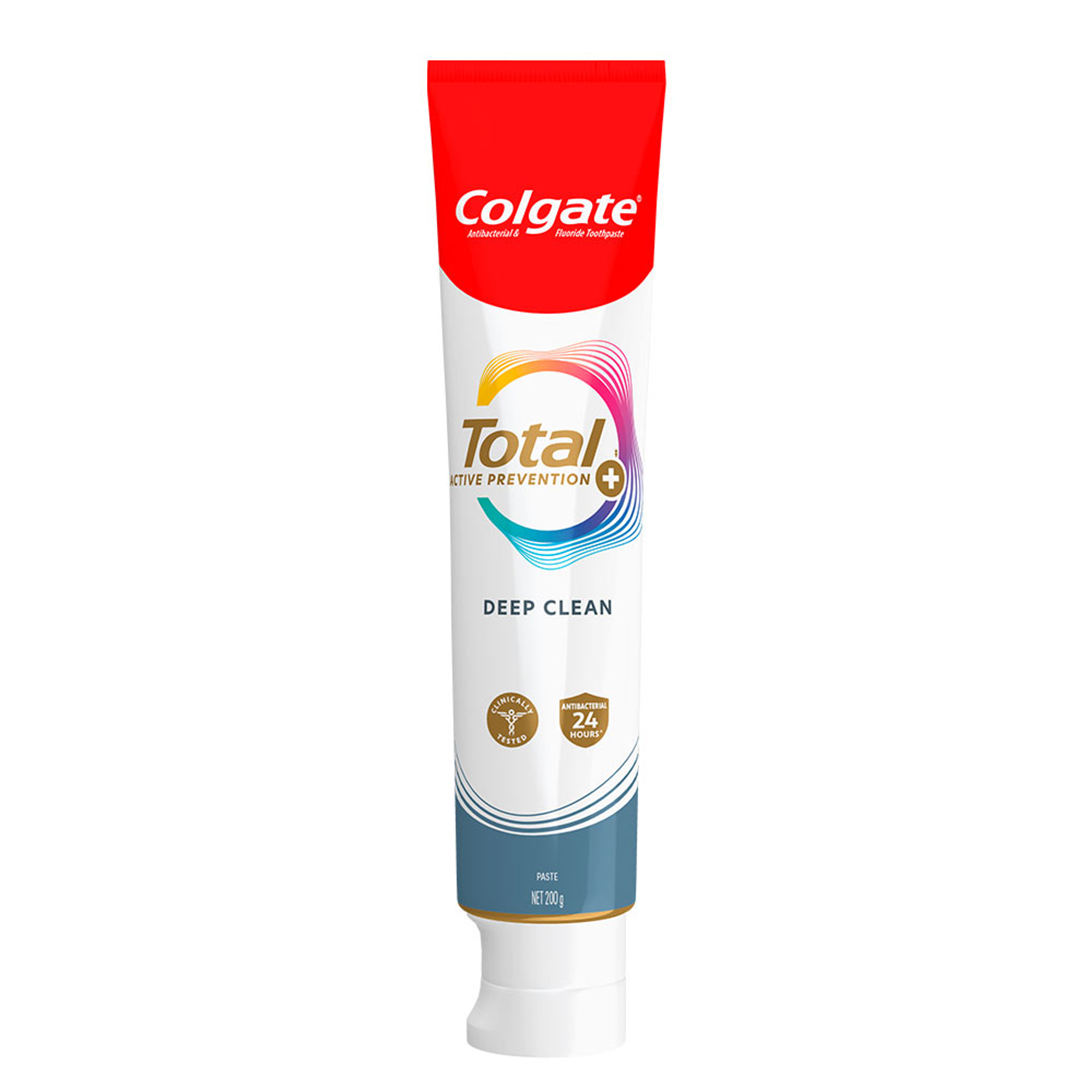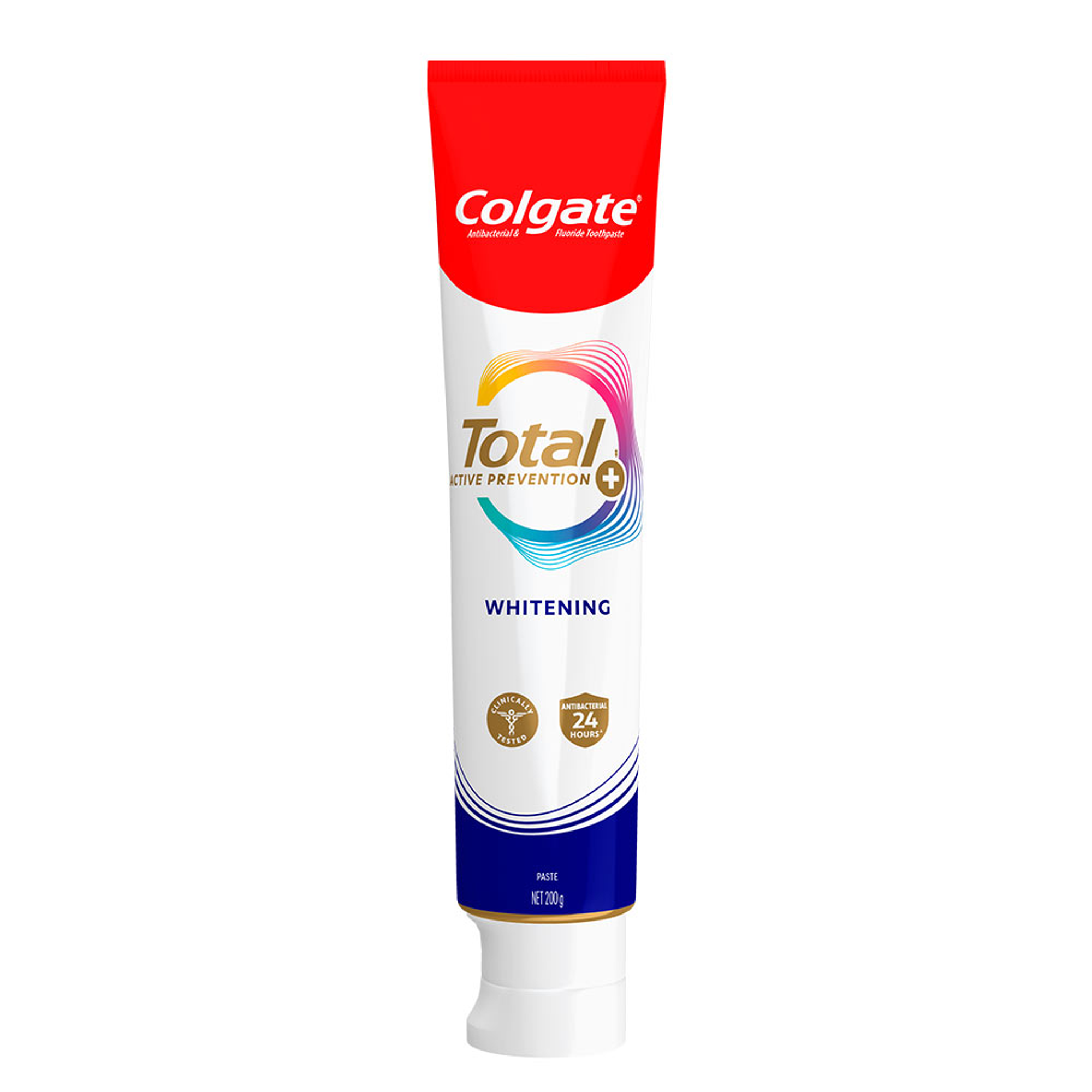-
-

BRUSHING & FLOSSING
How to BrushWhat Is the Right Way to Brush?
Proper brushing takes at least two minutes — that's right, 120 seconds!...

BRUSHING & FLOSSING
How To FlossWhat is the Right Way to Floss?
Proper flossing removes plaque and food particles in places where a toothbrush cannot easily reach... -
Science & Innovation
- Home
- Oral Health
- Gingivectomy Surgery: What You Need To Know


Excess gum tissue can grow in response to poor oral hygiene in some people. A gingivectomy may be performed to correct a gum condition around the teeth. Read on to learn more about the procedure, how it is completed, and if it may be a possible treatment option to return your smile and gums to tip-top shape.
What is a gingivectomy?
A gingivectomy is the surgical removal of an entire portion of gingiva (gum tissue). It can be performed for therapeutic reasons, such as treating a condition like gingival overgrowth. It can also be used for cosmetic purposes, such as removing gum tissue to correct a "gummy smile".
The procedure can be performed by a general dentist who has training in periodontal surgery. However, a gingivectomy is more likely to be done by a periodontist. According to the Australian and New Zealand Academy of Periodontists (ANZAP), this is a dental specialist who focuses on the treatment of gum disease and other conditions affecting the structures that support your teeth.
Another type of periodontal surgery you may hear of is a gingivoplasty. A gingivoplasty is different than a gingivectomy as it only involves reshaping the gum tissue (-plasty), as opposed to surgically removing it (-ectomy).
How is a gingivectomy performed?
A gingivectomy is usually performed by numbing the gums with local anaesthetic and then removing the tissue with a surgical scalpel or a low-frequency laser. To treat periodontal disease, the diseased tissue is trimmed and removed, and the area is cleaned with saline.
After the procedure is completed, a surgical dressing, or pack, is placed on and around the teeth and gums. This dressing is left in place for about a week. You might also be advised to swish with an antibacterial mouthwash to help the healing process.
In severe cases, the periodontist may want to perform the procedure over several sessions.
What care is required after a gingivectomy?
Healing from a gingivectomy is usually quick, but you may notice some pain or bleeding in the days afterwards. Your dental professional should provide you with instructions on how to relieve pain, keep the surgical site clean, and stop the bleeding.
Most patients can return to a normal diet and oral care regime within a couple of weeks. To protect your gums and prevent further problems, good oral hygiene is essential. You are likely to also need follow up visits with the dental professional who performed your gingivectomy to ensure that you're healing well.
Related Articles

We know that dairy keeps your bones strong and healthy, but is milk good for your teeth? The answer is a resounding yes, and here's why.

You take your child to their dental appointment, expecting smiles all around and a clean bill of health.

A dry mouth spray may be good option if you need short-term relief of dry mouth. Learn how sprays work and what you can do for longer-term solutions, here.
This article is intended to promote understanding of and knowledge about general oral health topics. It is not intended to be a substitute for professional advice, diagnosis or treatment. Always seek the advice of your dentist or other qualified healthcare provider with any questions you may have regarding a medical condition or treatment.
Related Products

Helping dental professionals
More professionals across the world trust Colgate. Find resources, products, and information to give your patients a healthier future








